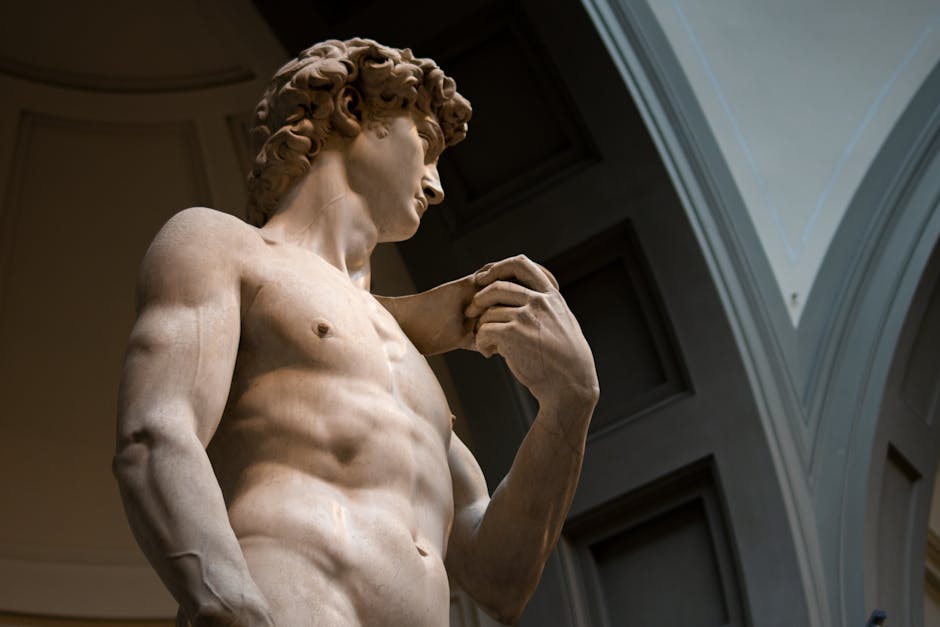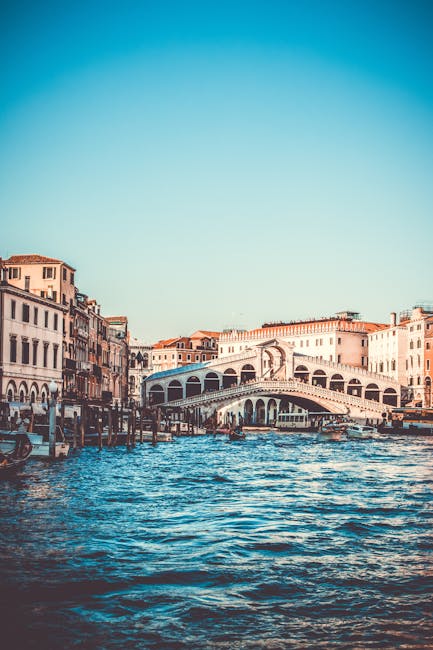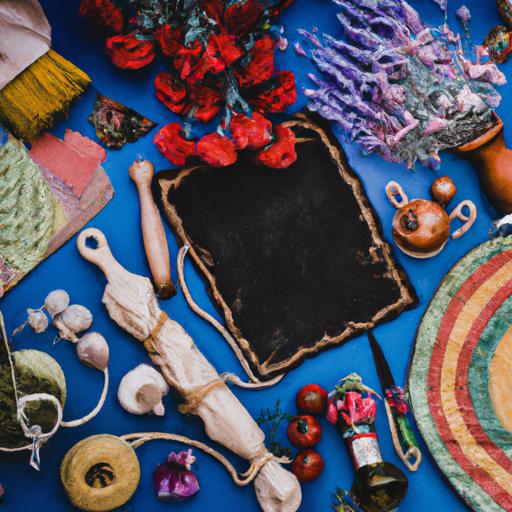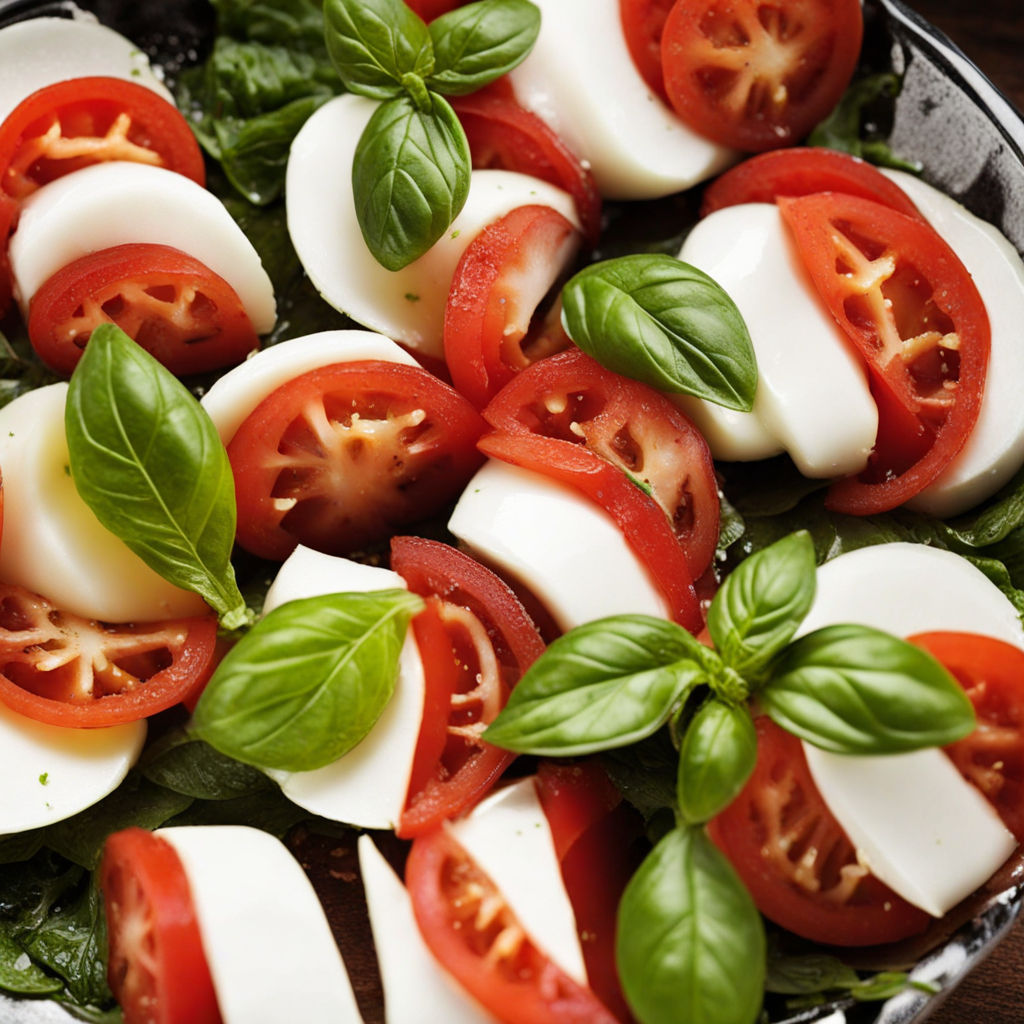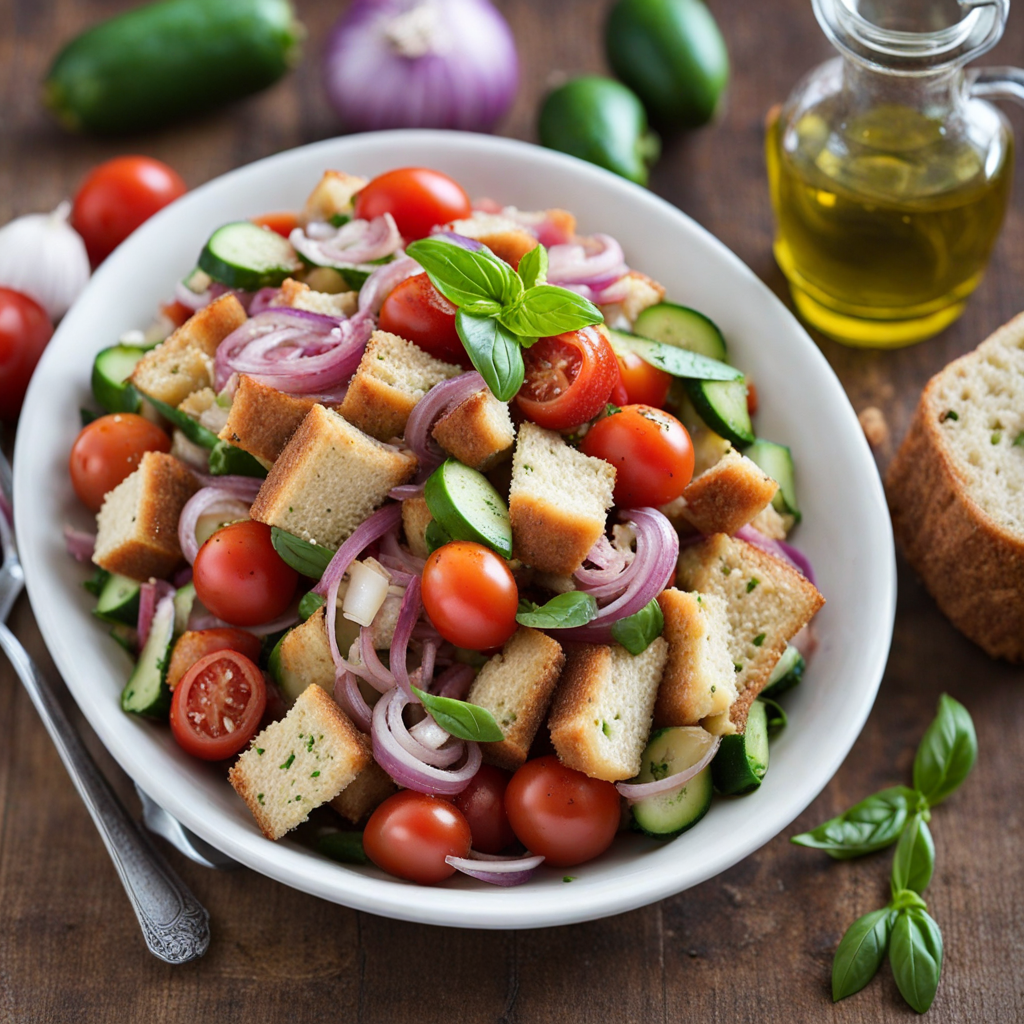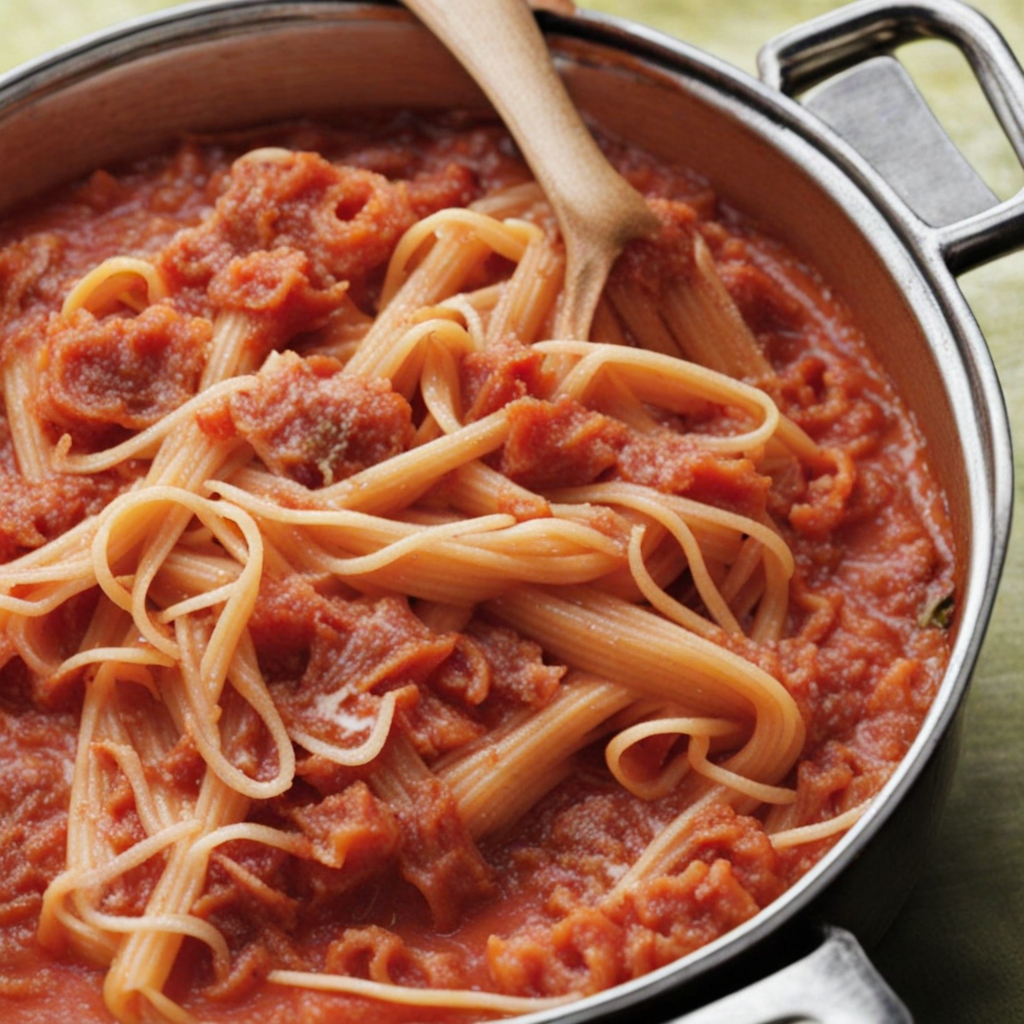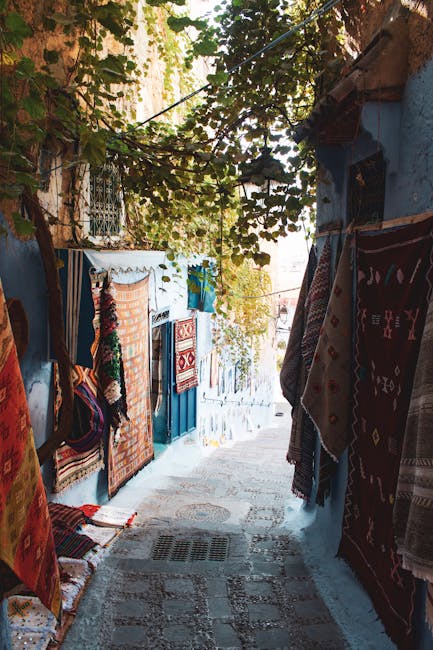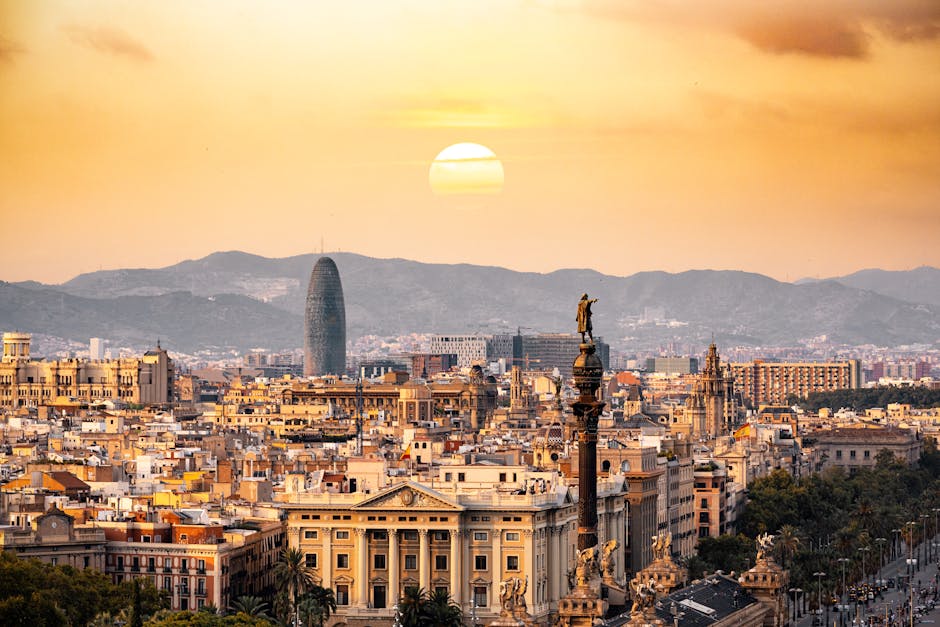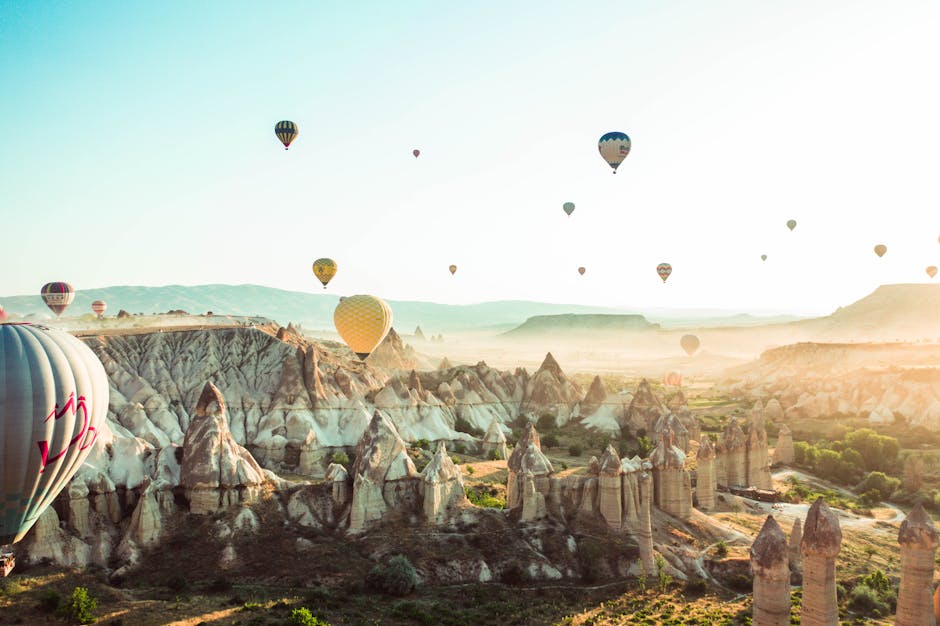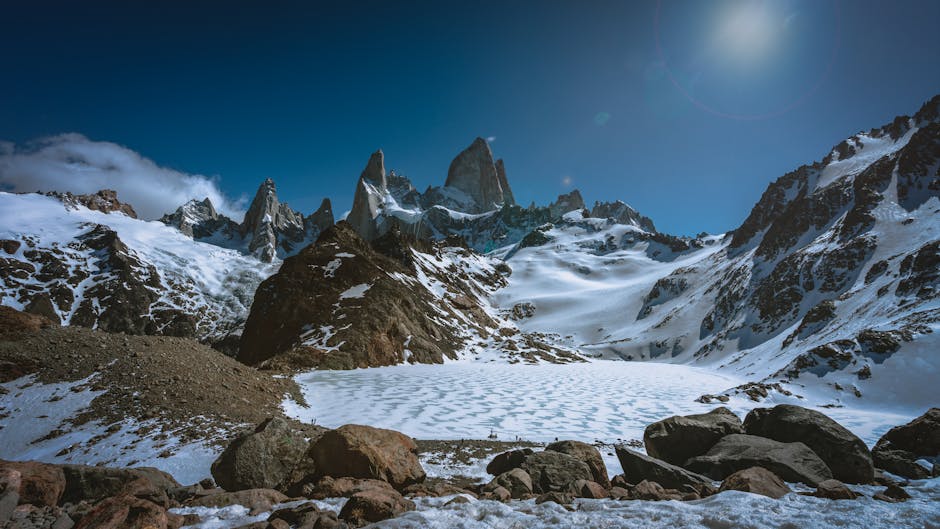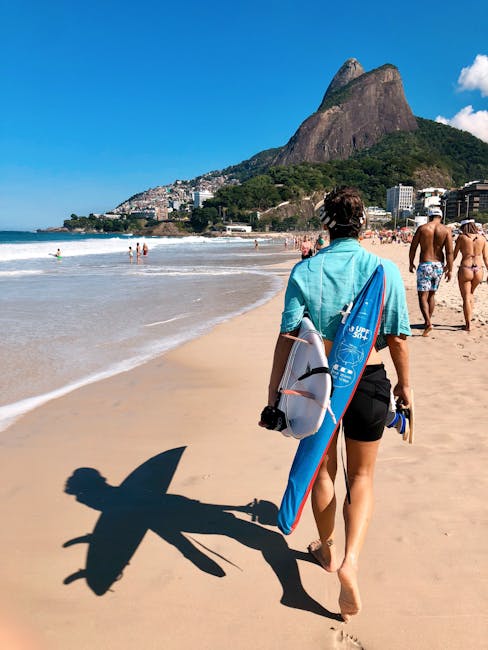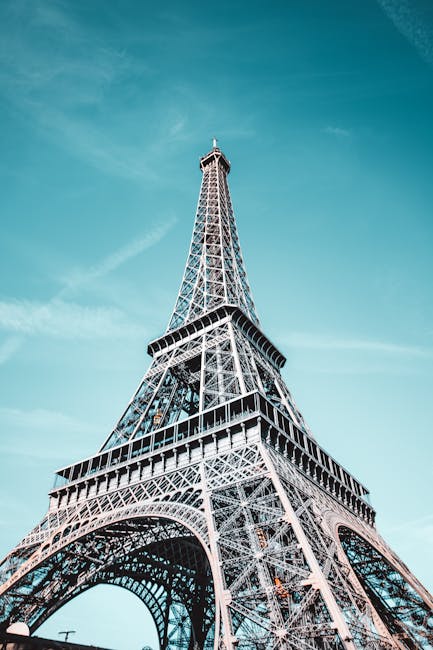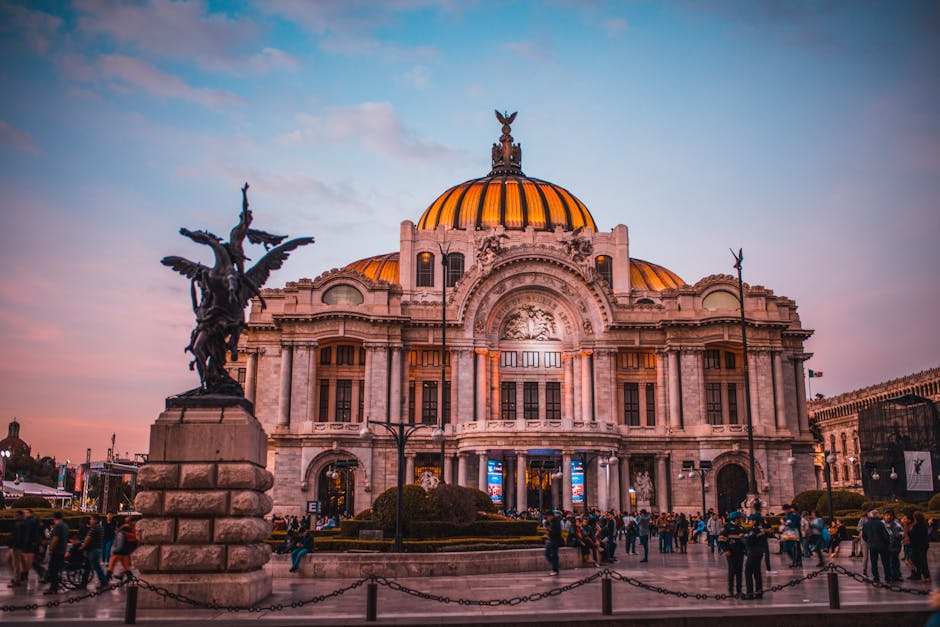Italy
Overview
Italy: A Land of Rich Heritage
Italy, located in Southern Europe, is a country rich in history, culture, and natural beauty. Renowned for its contributions to art, music, fashion, and cuisine, Italy's unique allure lies in its diverse landscapes and cultural heritage. From the ancient ruins of Rome, the romantic canals of Venice, to the fashion capital Milan, and the picturesque countryside of Tuscany, Italy offers an eclectic mix of experiences. The country's culture is deeply rooted in family values, an appreciation for the arts, and an undeniable love for food, giving visitors an authentic taste of the Italian lifestyle.
Tourism Seasons in Italy
The high season for tourism in Italy is typically from June to August, during the summer months when the weather is warm and sunny. This is a great time to visit if you love outdoor activities like hiking, biking, and beach-hopping. Italy's coastline boasts stunning beaches, and the countryside is perfect for scenic hikes. However, if you're more interested in cultural activities, Italy offers a plethora of museums, historical sites, and music festivals during this period. The country is also known for its vibrant food culture, so don't miss out on summer food festivals where you can savor the rich flavors of Italian cuisine.
Preparing for Your Trip
Before visiting Italy, there are a few things you should prepare. First, ensure you have a valid passport, and depending on your country of residence, you may need a visa to enter Italy. It's highly recommended to learn a few basic Italian phrases, as not everyone in Italy speaks English, especially in smaller towns and rural areas. Pack versatile clothing to accommodate for hot days and cooler evenings, and comfortable shoes are a must for exploring the cobblestone streets. Additionally, remember to bring a European power adapter for your electrical devices. Lastly, familiarize yourself with the local customs and etiquette to respect the Italian culture.
A Glimpse into the Past
Italy's history is a rich tapestry woven from ancient civilizations, art, politics, and culture. From the early days of the Roman Empire to the Renaissance and beyond, Italy has played a pivotal role in shaping Western civilization.
Ancient Rome is perhaps the most iconic period in Italy's history. Founded in 753 BC, Rome began as a small settlement and evolved into a powerful republic and eventually an empire that stretched across Europe, North Africa, and parts of the Middle East. The Colosseum in Rome, an architectural marvel, symbolizes the grandeur of Roman engineering and the empire's love for gladiatorial games and public spectacles. Visitors to Rome can also explore the Roman Forum, once the center of political life, and the Pantheon, a temple dedicated to the Roman gods that remains remarkably well-preserved.
As you travel through Italy, the remnants of the Roman Empire can be seen throughout the country. In Pompeii, for example, the ruins of this ancient city, preserved by volcanic ash from the eruption of Mount Vesuvius in 79 AD, provide a snapshot of Roman life. The intricate mosaics, frescoes, and the remains of temples and homes tell stories of daily life, commerce, and culture in ancient times.
Following the fall of the Western Roman Empire in 476 AD, Italy entered a period known as the Middle Ages. This era was marked by fragmentation into various kingdoms and city-states. The rise of the Byzantine Empire and the spread of Christianity significantly influenced this period. The Papal States emerged, with the Pope holding considerable power, contributing to the spiritual and political landscape.
The Medieval period also saw the flourishing of notable city-states like Venice, Florence, and Milan. Venice, known for its canals and stunning architecture, became a major maritime power and a hub for trade. The Grand Canal and St. Mark’s Basilica are must-see sites that illustrate the city’s wealth and artistic achievements.
Florence, often dubbed the cradle of the Renaissance, was the birthplace of artistic genius. The Uffizi Gallery houses works by masters such as Botticelli, Michelangelo, and Leonardo da Vinci. The Florence Cathedral, with its iconic dome engineered by Brunelleschi, is a testament to the architectural innovations of the time. The Renaissance, which began in the 14th century, was a period of renewed interest in classical philosophy, art, and science. This cultural rebirth spread across Italy and beyond, influencing future generations.
The political landscape of Italy began to shift dramatically with the Unification of Italy (Risorgimento) in the 19th century. The movement aimed to consolidate various states and kingdoms into a single nation. Key figures such as Giuseppe Garibaldi and Count Camillo di Cavour played pivotal roles in this transformative process. By 1861, Italy was officially unified, although it took until 1871 to include Rome as the capital.
The 20th century brought significant upheaval to Italy. The aftermath of World War I saw social and economic turmoil, leading to the rise of fascism under Benito Mussolini in the 1920s. Mussolini's regime aimed to revive Italy's imperial past, leading to military campaigns in Africa and a disastrous alliance with Nazi Germany during World War II. The impact of the war was profound, with cities like Florence and Rome suffering significant damage.
After the war, Italy transitioned to a republic in 1946, denouncing monarchy and embracing democracy. The post-war period saw significant economic growth, known as the Italian Economic Miracle, which transformed Italy into one of the world's leading economies. This era, characterized by innovation and industrialization, also produced remarkable cultural exports in fashion, cuisine, and cinema. Cities like Milan are now celebrated as global fashion capitals.
Italy’s cultural heritage is perhaps best experienced through its culinary traditions. The regional diversity of Italian cuisine reflects the country's history and geographical variety. From the rich pastas of Emilia-Romagna to the seafood of Sicily, Italy offers a culinary journey that is as rich as its history. Visitors should savor local delicacies like pizza in Naples, gelato in Florence, and risotto in Milan to truly appreciate the depth of Italian gastronomy.
Art and architecture continue to flourish in contemporary Italy. The Vatican City, a city-state enclaved within Rome, is home to the Pope and houses some of the world's most significant art, including Michelangelo's Sistine Chapel ceiling. The interplay of faith and art here is striking, making it a vital stop for visitors interested in religious history and artistic achievement.
Italy's landscape is as diverse as its history, offering travelers breathtaking scenery from the Alps in the north to the stunning coastlines of the Amalfi Coast and Sardinia. The Tuscan countryside captivates with rolling hills, vineyards, and charming villages, while the lakes, such as Lake Como, provide serene retreats.
In recent years, Italy has faced challenges, including economic instability and political fragmentation. However, its resilience and cultural richness continue to attract millions of tourists each year, eager to explore its historical sites, art, and culinary delights.
Traveling through Italy allows visitors to walk in the footsteps of history, experiencing the layers of time that have shaped this remarkable country. Each city and region tells a story, offering insights into Italy's past and its enduring influence on the world today. Whether you are wandering through the ancient ruins of Rome, savoring the flavors of regional cuisine, or admiring the masterpieces of the Renaissance, Italy is a journey through time that leaves a lasting impression.
Top cities for tourists in Italy
Discover the Famous Cities That Might Captivate Your Interests
Must-Try Foods You Can't Afford to Miss
Indulge in a Variety of Fantastic Foods During Your Stay in Italy
May Be Your Next Destinations
People often choose these countries as their next destination


